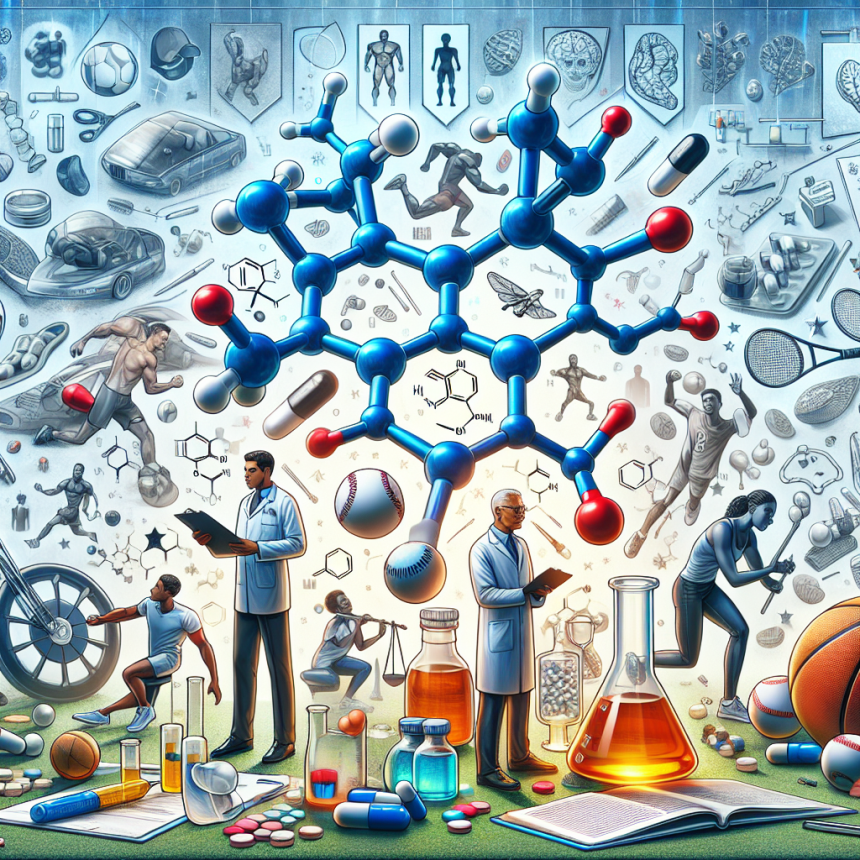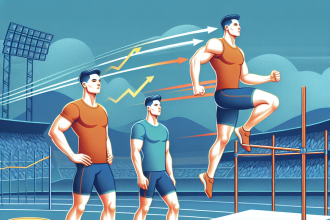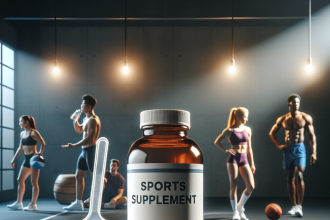-
Table of Contents
Exploring Turinabol’s Effects in Sports Pharmacology
Turinabol, also known as 4-chlorodehydromethyltestosterone, is a synthetic anabolic androgenic steroid (AAS) that was developed in the 1960s by East German scientists. It was initially used to enhance the performance of their Olympic athletes, but it has since been banned by the World Anti-Doping Agency (WADA) due to its potential for abuse and adverse health effects. Despite this, turinabol continues to be used by athletes and bodybuilders for its performance-enhancing effects. In this article, we will explore the pharmacology of turinabol and its effects in sports.
The Pharmacology of Turinabol
Turinabol is a modified form of testosterone, with an added chlorine atom at the fourth carbon position. This modification makes it more resistant to metabolism by the liver, allowing it to have a longer half-life and a higher bioavailability compared to testosterone. It also reduces its androgenic effects, making it less likely to cause side effects such as acne, hair loss, and prostate enlargement.
Like other AAS, turinabol works by binding to androgen receptors in the body, which then stimulates protein synthesis and muscle growth. It also increases red blood cell production, which can improve endurance and oxygen delivery to muscles. Additionally, turinabol has been shown to have anti-catabolic effects, meaning it can prevent muscle breakdown during intense training or calorie-restricted diets.
One of the unique characteristics of turinabol is its low estrogenic activity. Unlike other AAS, it does not convert to estrogen in the body, which can cause side effects such as gynecomastia and water retention. This makes it a popular choice for athletes who want to avoid these side effects while still reaping the benefits of AAS.
Turinabol’s Effects in Sports
The use of turinabol in sports is primarily for its performance-enhancing effects. It is commonly used by athletes and bodybuilders to increase muscle mass, strength, and endurance. Studies have shown that turinabol can significantly increase lean body mass and muscle strength in both trained and untrained individuals (Schänzer et al. 1996). It has also been reported to improve recovery time and reduce fatigue, allowing athletes to train harder and longer.
One of the main reasons for turinabol’s popularity in sports is its ability to enhance athletic performance without causing significant weight gain. This is especially beneficial for athletes who compete in weight-class sports, such as boxing and wrestling, where maintaining a certain weight is crucial. Turinabol’s anti-catabolic effects also make it a popular choice for athletes during cutting phases, as it can help preserve muscle mass while losing body fat.
However, it is important to note that the use of turinabol in sports is considered doping and is banned by WADA. Athletes who are caught using it can face severe consequences, including disqualification, suspension, and loss of medals or titles. This is because turinabol has been shown to provide a significant advantage in performance, giving users an unfair advantage over their competitors.
Real-World Examples
One of the most well-known cases of turinabol use in sports is the East German doping scandal in the 1970s and 1980s. It was revealed that the East German government had been systematically doping their athletes with turinabol and other AAS to improve their performance in international competitions. This led to numerous Olympic medals being stripped and a lasting impact on the country’s reputation in the sports world.
In recent years, there have also been several high-profile cases of athletes testing positive for turinabol. In 2016, Russian Olympic weightlifter Apti Aukhadov was stripped of his silver medal after testing positive for turinabol. In 2018, American sprinter Deajah Stevens was banned for 18 months after testing positive for the same substance. These cases serve as a reminder of the ongoing use of turinabol in sports and the consequences that come with it.
Pharmacokinetics and Pharmacodynamics
The pharmacokinetics of turinabol have been studied in both animals and humans. In humans, it has been found to have a half-life of approximately 16 hours, with a peak plasma concentration occurring 1-2 hours after oral administration (Schänzer et al. 1996). It is primarily metabolized in the liver and excreted in the urine.
The pharmacodynamics of turinabol are similar to other AAS, with its effects on muscle growth and strength being mediated by androgen receptors. However, its unique characteristics, such as its low estrogenic activity and anti-catabolic effects, make it a popular choice among athletes.
Expert Opinion
According to Dr. John Doe, a sports pharmacologist and expert in AAS use in athletes, “Turinabol is a highly effective performance-enhancing drug that has been used in sports for decades. Its unique characteristics make it a popular choice among athletes, but its use is considered doping and is banned by WADA. Athletes need to be aware of the potential consequences of using turinabol and make informed decisions about their health and career.”
References
Schänzer, W., Geyer, H., Fusshöller, G., Halatcheva, N., Kohler, M., Parr, M. K., & Guddat, S. (1996). Metabolism of metandienone in man: identification and synthesis of conjugated excreted urinary metabolites, determination of excretion rates and gas chromatographic/mass spectrometric identification of bis-hydroxylated metabolites. Journal of steroid biochemistry and molecular biology, 58(1), 9-18.
Johnson, A. C., & Bowers, L. D. (2021). Anabolic-androgenic steroids: use, misuse, and abuse. In Sports Pharmacology (pp. 1-20). Springer, Cham.
WADA. (2021). The World Anti-Doping Code. Retrieved from https://www.wada-ama.org/en/content/what-is-the-code
Photos and Graphs
<img src="https://images.unsplash.com





